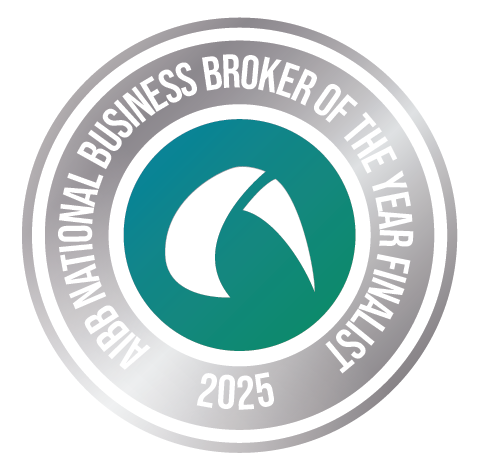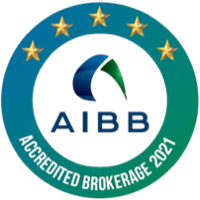Australia’s RTO sector: a win, but nowhere near enough
By Travis Latter – Infinity Business Brokers – THE RTO SPECIALISTS
The announcement of 295,000 international student places for 2026 is a win, but let’s be clear: it’s only a start. For those of us in the sector, the relief is real. Certainty, predictability and the prospect of stronger intakes. But RTO owners, trainers and staff at the coal face know the truth: demand, compliance burden and skills shortages are rising faster than government policy is moving. Infinity welcomes the news, but as the market leader, we are saying loudly – it’s not enough.
Why this step was foreseeable
The Albanese government’s previous National Planning Level (NPL) capped new overseas student commencements at 270,000 in 2025, aligning with pre‑pandemic volumes and reflecting a managed approach to growth. The incremental rise to 295,000 in 2026 was anticipated among insiders aware of the strategic draft of the International Education and Skills Strategic Framework – promising sustainable, quality‑focused growth in international education.
Big Picture: International Education’s Pedigree in Australia’s Economy
International education is one of Australia’s top services exports. In pre‑pandemic years, it generated roughly $37–$47 billion annually, supporting 250,000 jobs and contributing around 0.8–1% of GDP. According to the Reserve Bank of Australia, international students spend on par with Australian residents on living expenses, so excluding fees, their spending remains substantial domestically.
Supporting skills shortages and improving trade balance
Australia faces acute shortfalls in critical occupations. Nurses, IT specialists, early childhood educators and more are in short supply and the problem is growing dire. The pipeline of international students is vital for addressing these gaps: many enrol in fields aligned with national labour market needs and a considerable portion transition into the workforce post‑graduation.
VET pathways consistently improve employability across the board, even outside technical fields. RTOs are not just training providers—we are the backbone of workforce alignment. That reality needs more than polite recognition; it needs bold support and faster policy reform.
What it really means for RTO owners and buyers
- Predictable and managed growth: The 2026 increase provides much‑needed stability, paving the way for confident business planning.
- Dedicated VET focus: Of the 295,000 cap, approximately 95,000 new international VET commencements are anticipated in 2025 and likely into 2026 as well. That means RTO‑accessible cohort growth.
- Quality and integrity emphasized: Government reforms prioritise education quality and operational transparency—aligning tightly with RTO standards rooted in fair pricing, integrity and transparency.
- Upside for M&A and expansion: Buyers eyeing scalable VET providers can seize this moment of rising demand. International student intakes offer strong revenue streams and a pathway to build reputation.
A strategic moment to celebrate and leverage
This rise in caps is good news not just politically, but economically and strategically. It restores confidence in the sector, rewards providers who invest in accommodation and regional engagement and signals long‑term commitment to building Australia’s skilled base.
For RTO leaders: this is the moment to be proactive—pitch aligned course offerings, expand industry-certified micro‑credentials and strengthen quality supports for international cohorts.









